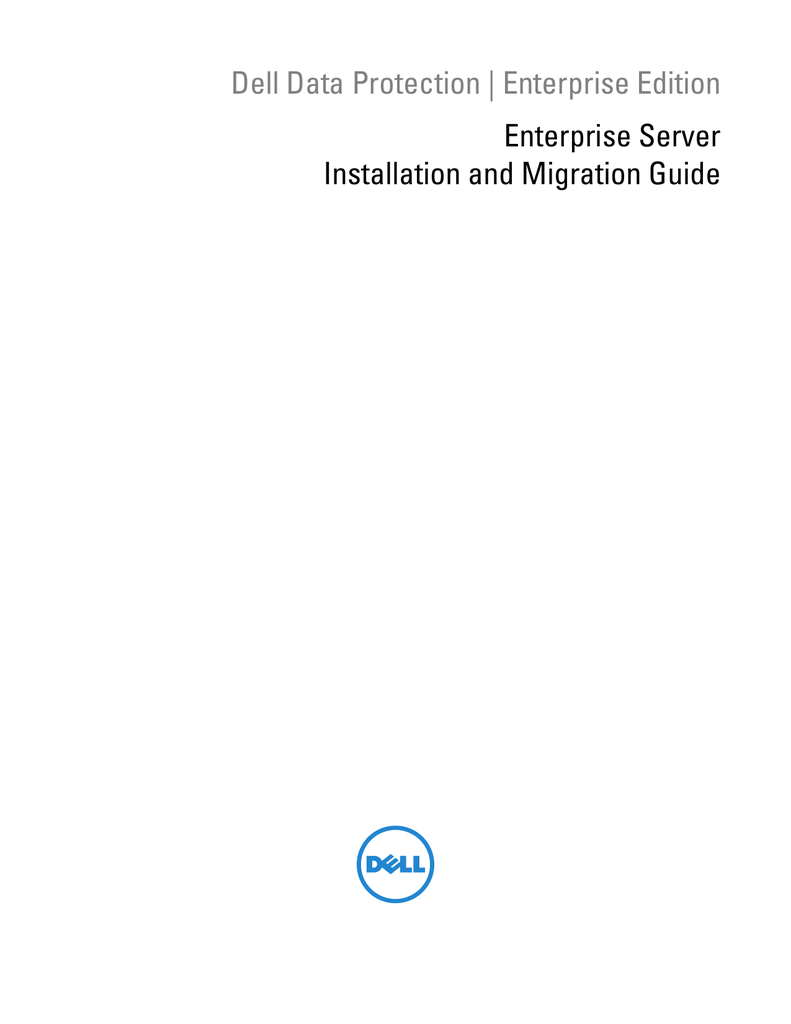

Padding helps to solve the issue of undersized plaintexts, while block cipher modes of operation handle ones that span multiple blocks.Ī block cipher mode of operation defines how the different blocks of a multi-block plaintext should be encrypted and decrypted.

Block ciphers encrypt data in fixed-size blocks, while stream ciphers generate a stream of bits that are exclusive-ored with the plaintext to produce the ciphertext.īlock ciphers are designed to encrypt a single fixed-size chunk of data, which presents issues for plaintexts that are not exactly the correct length.

Within the symmetric encryption category are block and stream ciphers. Symmetric encryption uses the same secret key for both encryption and decryption, while asymmetric cryptography (also known as public key cryptography) uses a pair of related public and private keys. The major breakdown is between symmetric and asymmetric cryptography. What is a Block Cipher Mode of Operation?Ĭryptographic algorithms come in a few different forms. While a variety of block ciphers exist, this article will explore the pros and cons of the ECB and CBC block cipher modes of operation. CBC – Pros and Cons of These Block Cipher Modesīlock cipher modes of operation are designed to allow encryption of data that is too long to fit in a single block of a block cipher.


 0 kommentar(er)
0 kommentar(er)
